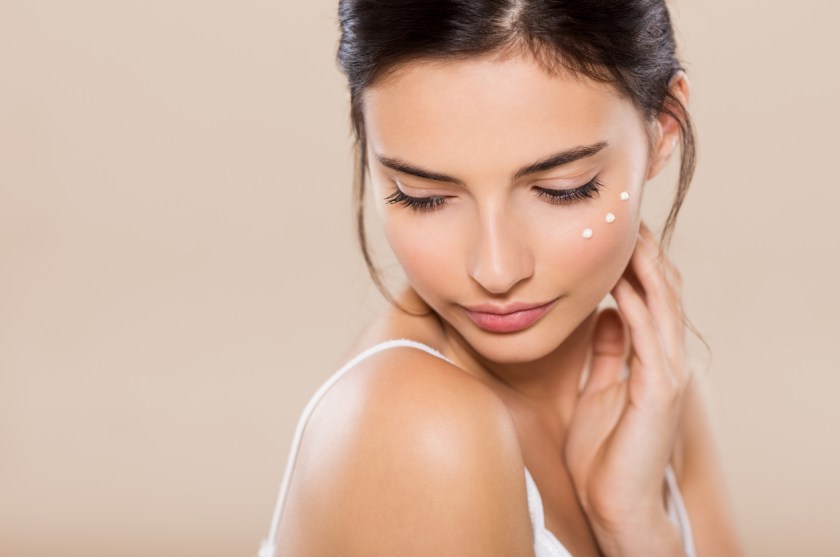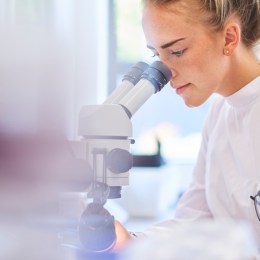When it comes to skincare, redness is a common cause for concern, and it is your responsibility as a therapist, clinician or practitioner to accurately diagnose the cause so that you can achieve fast, effective results for your clients. Unfortunately, there are several inflammatory skin conditions that can be difficult to diagnose, not to mention how easy it can be to simply put redness or flushing down to ‘sensitivity’.
Two of the most commonly confused causes of facial redness are Couperose and Rosacea. The symptoms are very similar and often mistaken for one another, but in reality, they are two very diverse skin conditions that need to be approached quite differently, otherwise you may not achieve the best results – if any at all!
So what’s the difference?
Darlene O’Gara, National Training Manager for Australian Skin Clinics says “Couperose is recognised by patches of facial redness, with visible red expanded blood vessels. It’s very common in people with fine, delicate or thin skin where the capillary walls to the facial blood vessels become increasingly weak and visible. With increased blood flow e.g. during exercise, the blood vessels dilate to reduce heat however with Couperose the capillary walls are too weak to contract as normal, resulting in persistent redness or flushing of the skin.
Rosacea is recognised by facial flushing often with visible papules. This is primarily an inflammatory condition, often the sebaceous glands (oil glands of the skin) can become clogged, bacteria can increase resulting in visible pimples. In severe cases, skin thickening or redness of the nose is common. It’s developed usually between 30-60 years old and common after menopause, but can affect at any time.”
When diagnosing clients, ensure to carefully analyse the affected areas – Couperose is generally visible around the centre of the face, causing a red nose that butterflies outwards across the cheeks, whereas Rosacea can present itself throughout the entire face, and is often accompanied by pustules or papules, or swollen eyes and nose.
Treatment options
Be sure to let your clients know that there are plenty of stimulants that can further exacerbate redness, including caffeine, alcohol, hot spicy foods, excessive heat or intense exercise, as these increase skin blood flow. This applies to both Couperose and Rosacea sufferers.
When selecting treatment options for these complex conditions, remember what it is that you are trying to achieve. For Rosacea, your aim is to calm inflamed angry skin, clear infections and soothe painful breakouts. For Couperose, your objective is to strengthen capillary walls, so they aren’t so visible below the skin’s surface.
“Fractional Radio Frequency with skin needling can strengthen the skin to thicken the dermis and reduce visible skin redness,” says Darlene. “Laser for General Redness using an Nd: Yag Laser system is also an option. This Laser system applies a 1064nm wavelength of light, to specifically target the skin blood vessels, strengthening the capillary walls and creating a visible improvement to the general redness of the skin. A series of fortnightly treatments are suggested for optimum results, 3-6 sessions are recommended, with ongoing maintenance sessions as required.”
For the treatment of Rosacea, Cosmetic Surgeon Dr Daniel Lanzer usually recommends oral antibiotics as the most effective option, citing several other external treatments for Couperose. “Moisturiser creams containing vitamin C can assist, as does the use of Aura Laser Therapy, which targets fine blood vessels.”
There are several product ranges available that have been specifically designed to target redness-based skin conditions and build cellular strength, with some of our favourites including D’Lumiere Esthetique Antioxidant Serum, Gernetic’s Veinulo Special Plus, Dr Jart+ Cicapair range, and La Roche-Posay’s Toleriane Teint makeup range.
If severe persistent skin redness is a concern, you should recommend that clients seek medical advice from their GP to obtain a medical diagnosis and further options.




